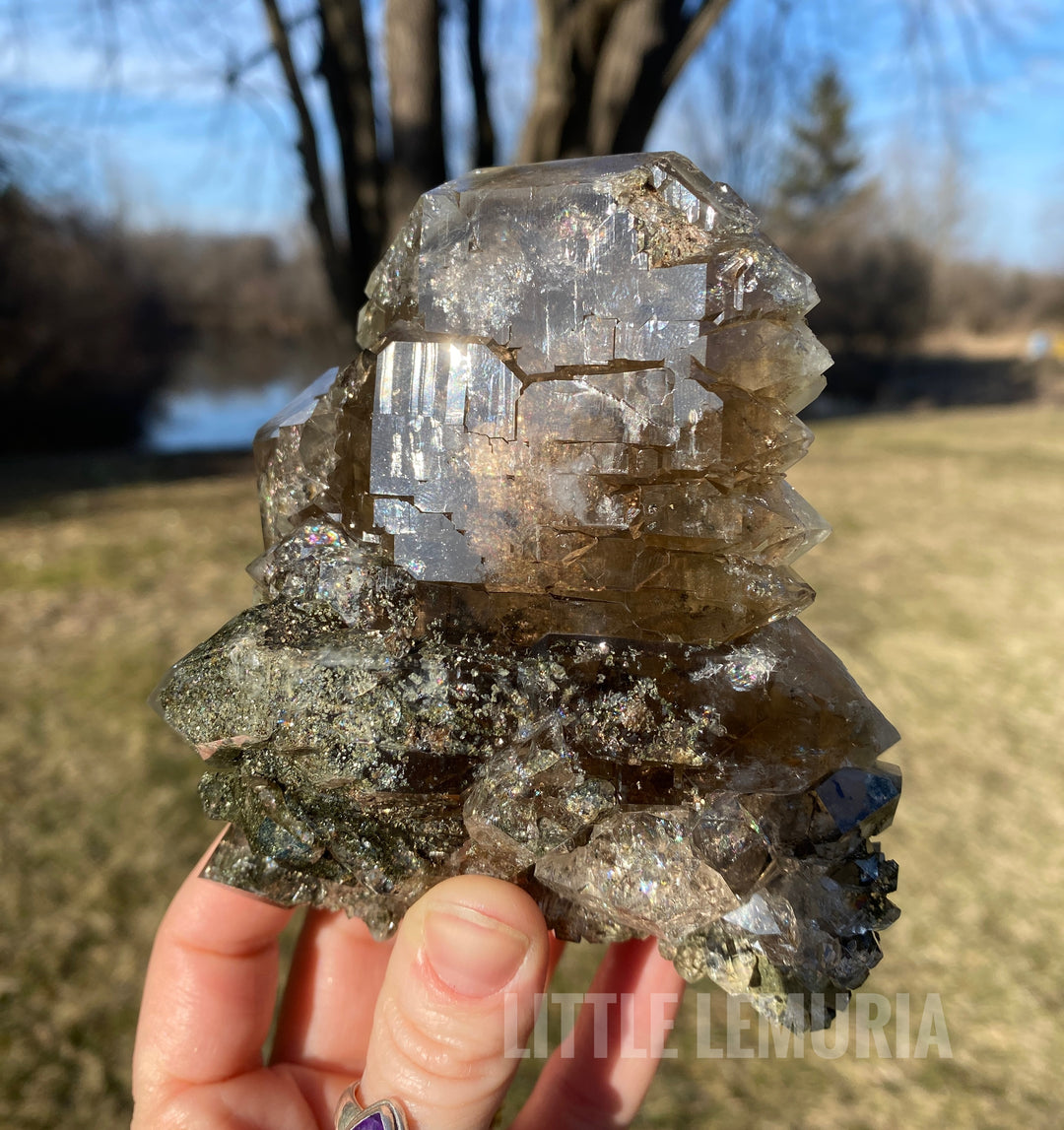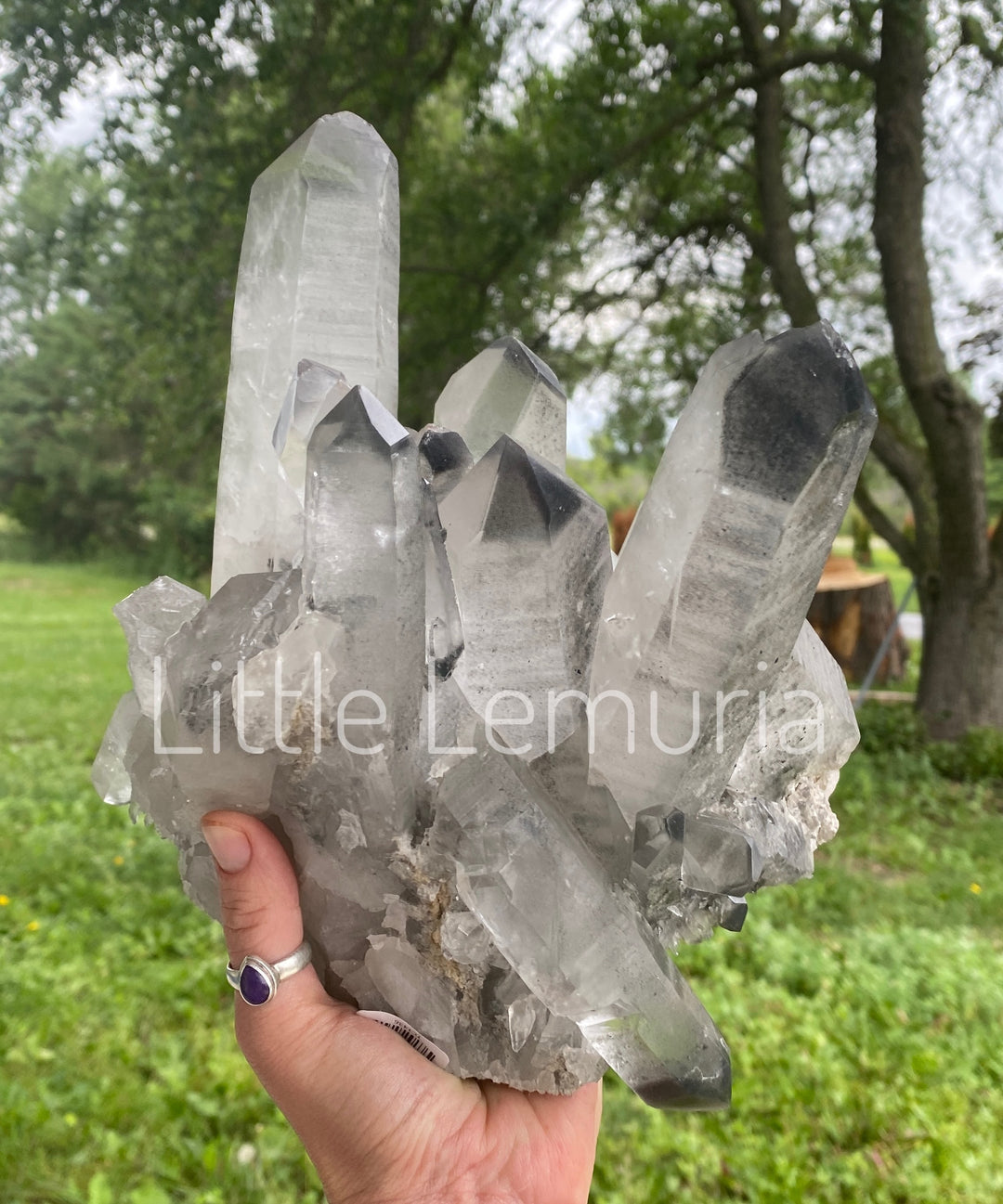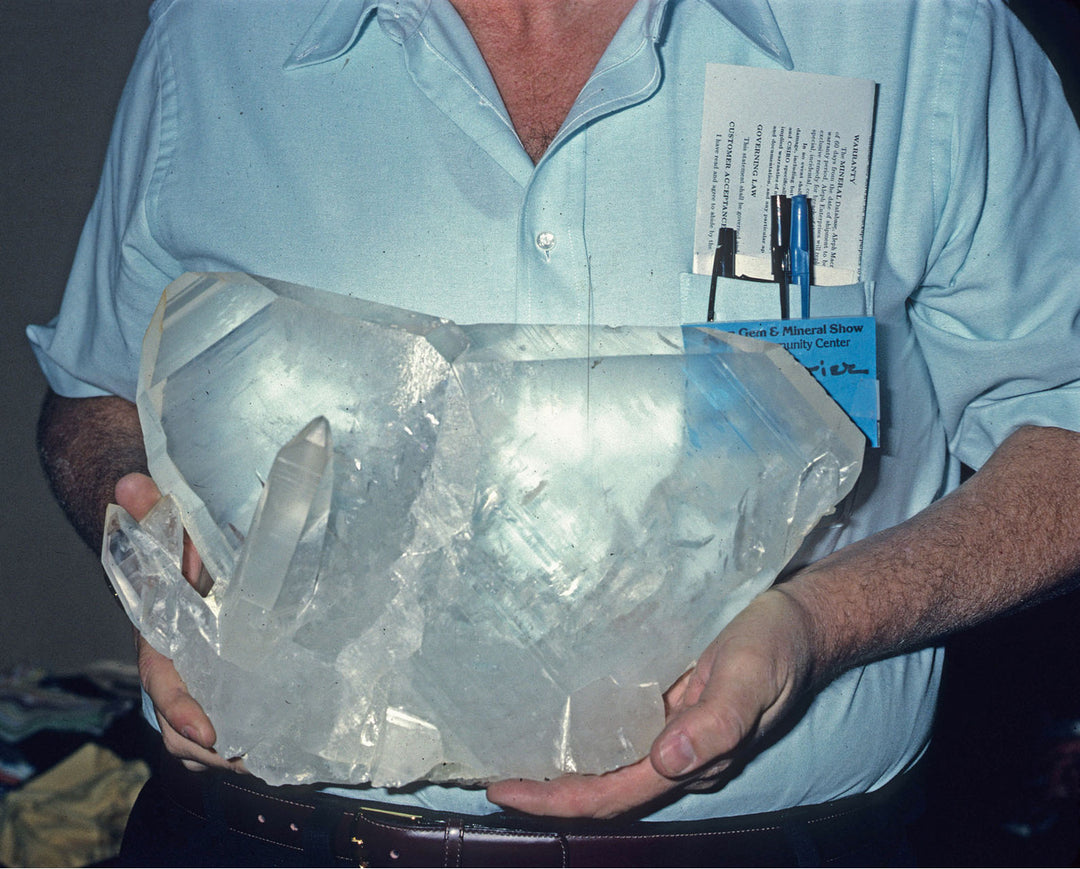Crystal Smoking Pipes
Anyone who has made their way around the wonderful world of crystals has stumbled upon a carved stone smoking pipe. The idea seems simple: take a raw stone from the earth, carve out a bowl, drill a stem, and voila! Who doesn’t want to imagine all those healing crystal properties intermingling with your healing herbs and entering your body by the fastest delivery method? My imagination, however, has taken me in a different direction. The questions I had about this method drove me to do some research and I’m eager to present you with my findings. I hope that this information is spread far and wide, so new and old stone pipe users can be better informed on the potential dangers of smoking out of crystals.
Let’s consider the process. A rough stone is cut down to prepare it for the final shaping and drilling. During shaping, polishing compounds, oils, and sealers are used to give the stone its final perfectly shiny appearance. The University of California Berkeley cites silicon carbide, cerium oxide, tin oxide, chromium oxide, and aluminum oxide all as compounds used in lapidary work to polish stones.

Removing these polishing compounds is a different process often involving an acid bath which may or may not have taken place before the drilling of the stem, leaving harsh chemicals on the inside of the pipe. The inside of the pipe is only drilled, not polished, leaving its porous surface exposed. This rough surface can store deposits of chemicals or dust with ease. Let’s assume, for optimism’s sake, the manufacturer did not drill the hole before soaking the pipe in a chemical.

Now that the stone is shaped, polished, and cleaned, the hole will need to be drilled through the stem. The process of drilling creates silica dust. Silica dust is also an ingredient in glass, but since glass is heated until the silica melts and coagulates into a solid, there is no risk of inhaling the raw silica dust out of a glass pipe. One way to check if a stone pipe has an excess of silica dust is to torch the bowl and inside the stem (if possible). If the empty bowl produces smoke, there is something in that pipe that shouldn’t be there. Silica dust, chemical, oil, or a few other culprits could be the cause. Not a risk I would be willing to take with my lungs!

Beyond the mechanics of the pipe itself, the type of crystal being used is also of the utmost importance. There is ample scientific information about the damage asbestos can do to your lungs. It can cause Asbestosis disease, inflammation of the lung tissues, and permanent scarring. One of the most common pictures of smoking pipes I see is made of a mineral heavily laden with asbestos. Tiger Eye, Pietersite, and Serpentine are 3 common minerals containing asbestos. When the hole is drilled through the stem of the pipe, there is without a doubt asbestos dust left behind.

It is clear to me that the safety of the consumer is not the manufacturer’s primary concern. This is a niche industry not governed by any inspection agencies ready to bring down the hammer on the manufacture. Stone smoking pipes are a novelty item. It is the sole responsibility of the consumer to educate yourself of the potential toxins in the crystal itself. Last week’s blog “Gem Elixirs, Potion or Poisons” contains an extensive list of toxins in common crystals and minerals. Fluorite, for example, lets off a corrosive gas call fluorine when heated. The American Council for Science and Health (www.ACSH.org) calls it the “Element from Hell” and considers it the most dangerous substance in their laboratory. Fluorite is the main source of naturally occurring fluorine. Many of the pioneer chemists who researched this gas died from exposure. It should never, ever be smoked out of.

To all my dear friends and crystal family who are working hard on practicing self-love, eating healthy food, and avoiding pollutants as much as possible. I ask you to please reconsider your smoking apparatus when it’s time to light up. If you’re concerned about the purity and quality of the plant material you smoke, consider being equally concerned about the vessel it is being smoked out of.






